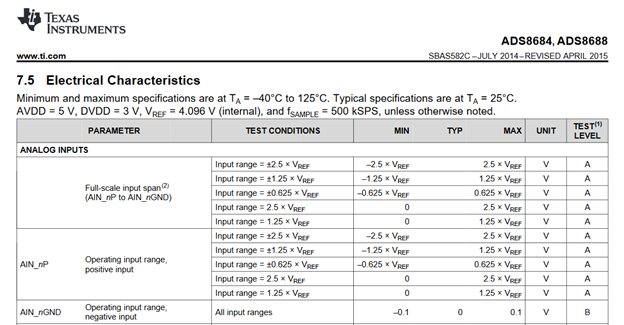My ADC’s datasheet gives the input range as ±VREF. Does that mean I can measure negative voltages with respect to ground?
-
Ask a related question
What is a related question?A related question is a question created from another question. When the related question is created, it will be automatically linked to the original question.






